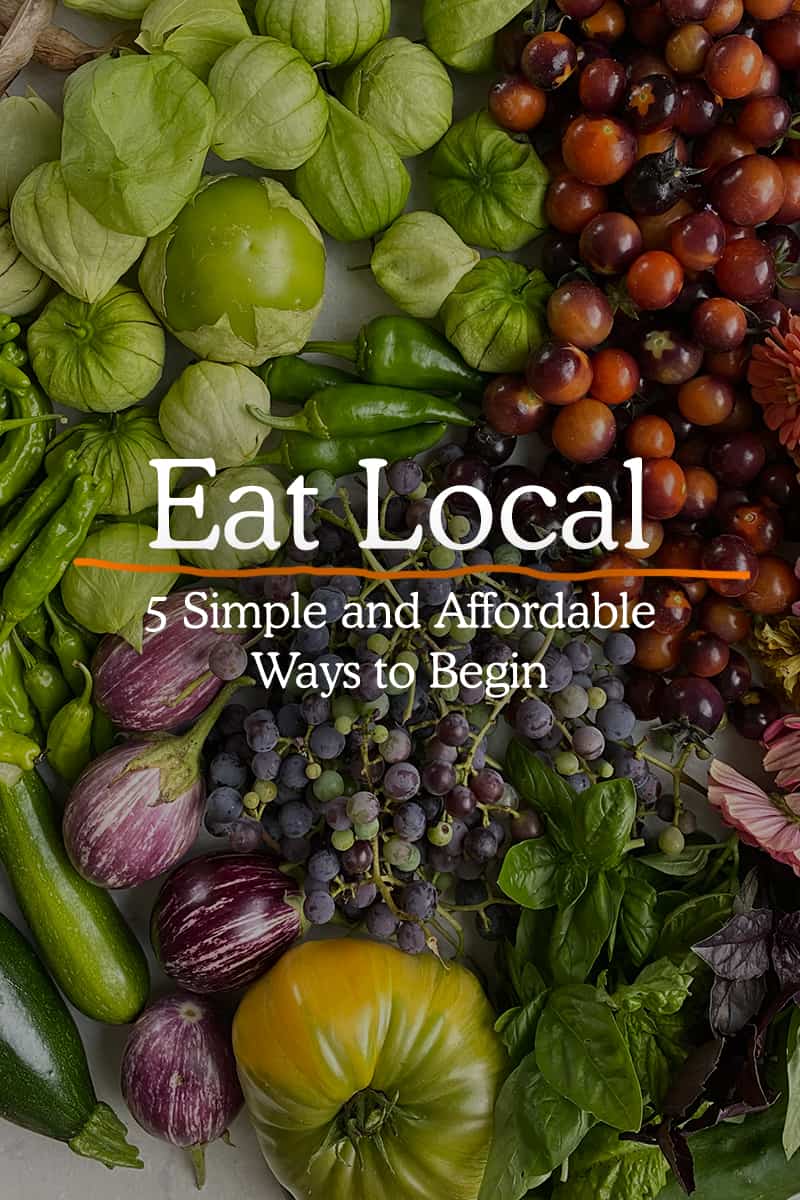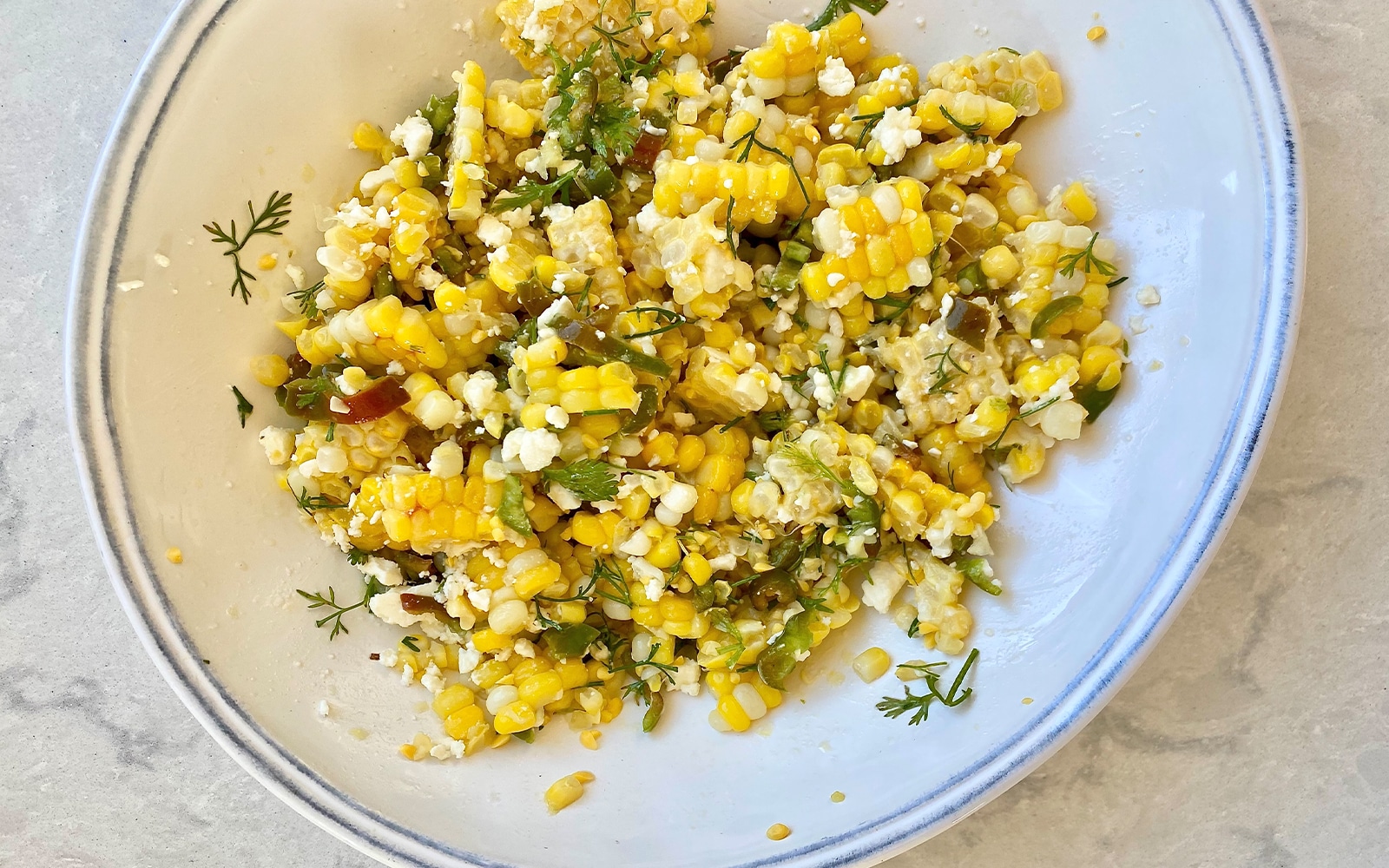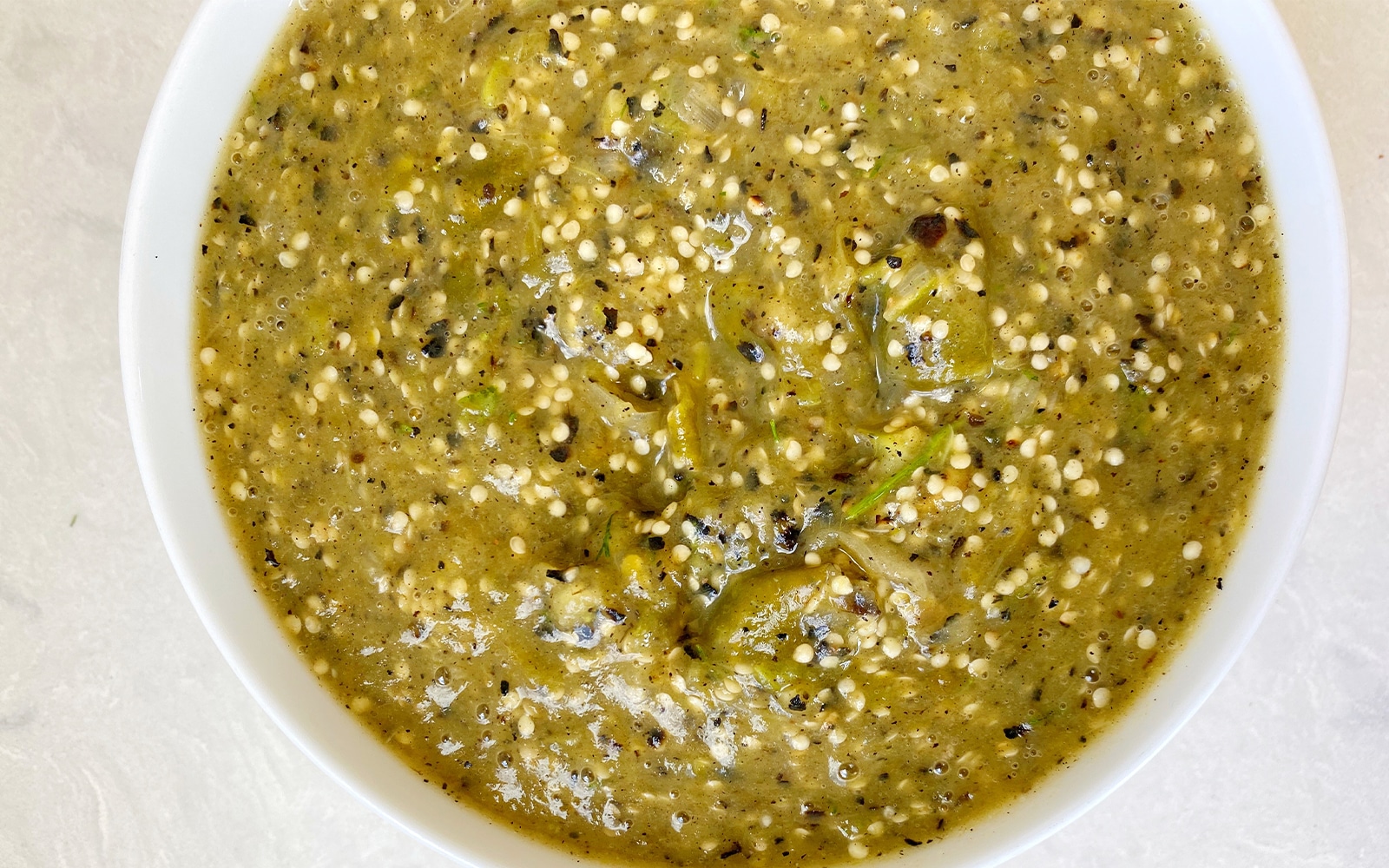
For years and years before us, humans have never had to use the word local and eating together, because eating local was just how you ate. Now in our world we can access things year around from around the world. The pandemic made it clear that though these things are nice luxuries it is a fragile and not strong system. Mix that with the impact of industrial farming on top soil in the world and the conversation about eating from local farms becomes a new highlighted conversation all over again. So how do we easily and affordably begin to eat local?
Today on the podcast, I chat about this with Andrea Bemis from Tumbleweed Farm and Dishing up the Dirt. Andrea has two cookbooks focused on eating seasonally and locally: Dishing up the Dirt and Local Dirt. Both are dog-eared and hold a permanent spot in our kitchen for a reason. Andrea, pursues the concept of local eating in a way that connects her to community and with a passion for the challenge of it. Her documentary that followed her through 30 days of solely eating from her community is a beautiful example of the ways this not only impacts our lives, but on how so much more lies in what we eat than we believe. You can listen to our conversation here:
But I want to give you guys a few quick ways that are both simple and affordable to get started. You can read some of my other info on Seasonal Eating here in this blog post as well. Eating this way has many benefits and I go over them in that post, but below I have attainable and easy ways to start without costing too much.
- Sign up for a CSA:
If you are unsure what a CSA is you can read about it in this blog post further as well as about how to find one near you, but a CSA stands for Community Supported Agriculture. The hardest part for most people when they think of a CSA is the upfront cost of it. Some farmers offer payment plants, but the cost upfront is to help a farmer with the initial costs of the season. When a farmer first kicks into the year, there are TONS of upfront costs for equipment, soil, labor, tools, seeds, utilities, land cost, and so much more. All of it is why getting a CSA is so helpful to a farmer. By doing this you will receive fresh food weekly for usually between $20-$50 a week on average depending on the offerings. When broken out that way it is much more affordable and actually I find a cost savings. You are at the mercy of what the farmer is growing that week and it can be unpredictable but I find it hard every week to complete a box even in our family of 4. There is no easier way to begin eating local than investing in the spring in a CSA. - Shop the Farm Market and Look for Peak Season Pricing:
Sadly the idea of the farm market has become an idea of privilege, but many communities are working to reverse this and see it is a means to support local farmers, local food systems, and benefit the community in every economic level. Most states offer SNAP programs that make shopping the farm market a great healthy option for families. But even if that isn’t something you are in need of, farm market shopping may still feel financially tricky. The thing is, if you are a regular attender of a market you begin to connect and see what is in peak season. In the right moments if you take advantage you can save quite a bit of money on local veggies by buying things at their height of abundance. Sometimes farmers are more or less giving things away because they over produced or maybe some tomatoes got bruised. Most farmers hit periods in the season where they are in abundance and pricing reflects it. If you watch carefully or even get in touch with a single farm, most of the time eating in season quickly becomes affordable especially if you learn to preserve and save at the height of a season. - Grow food yourself:
Growing your own food or even some food such as lettuce or a tomato plant or two is a great way to gently make your way into this. If you are thinking of getting started in this you don’t have to make it complicated. A few stray pots or grow bags are affordable options to get you going on eating seasonally from your own roof top or porch. You can see my Beginner Gardener post to give you some initial and approachable ideas for getting started. - Get to Know Your Local Farms:
Eating local is about connecting with your community. It takes a village to do most things in life and in a time when it feels harder and harder to connect with individuals, the idea of supporting and connecting with others in your community is as simple as just reaching out to them. Overtime I have found that one connection leads to another when you are focused on local eating. Soon you find that your connections are feeding you. So often we even eat local by trade. We can offer something to another homesteading family and they can offer something to us in return. Small things add up over time through connecting with one another. - Volunteer or Work at A Local Farm:
Most farms need extra hands in the spring, summer, and fall months. Whether you join the staff for a season or you offer to volunteer for free most farms are happy to take extra help. When working on a farm there are usually extras during high harvest times. Extra items that cannot be sold for premium so they are happy to pass along to their staff instead of just offering to the compost piles. So, this is a wonderful way to get affordable local food.
Eating local isn’t something that should feel unattainable. You may have to do some hunting and searching, but every time I have had to do that I have almost always found the reward of the connection and quality far out weighs the effort put in. Slowly I find myself rooting myself to the place I am by the way I eat and the people around me growing food that I get to enjoy. It’s a beautiful and natural way to feel grounded in your community and to find those people. I tell people often that are trying to find a community to connect with their food. Food is our greatest healer and greatest connector. I have seen it all my life. It may take a little work, but I promise you won’t be said you took the time and even some money to do it.
Listen further about this on the podcast about Local Eating with Andrea Bemis.



